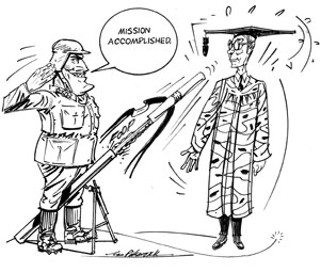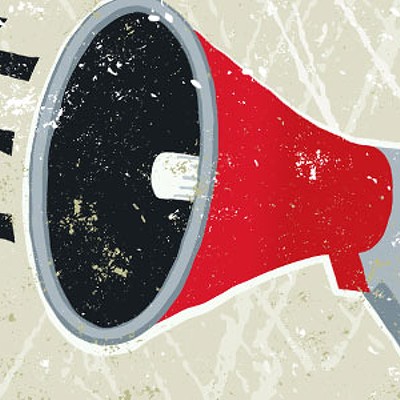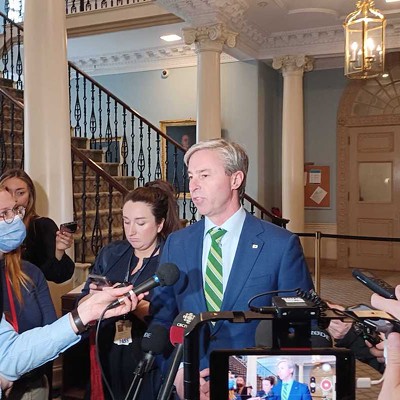The boys and girls at the New York Times seemed shocked in April when they uncovered a military propaganda campaign aimed at the American people. The US defence department had recruited more than 75 retired military officers to talk up the invasion of Iraq and then, to boast about the "success" of the US occupation. Since 2002, the officers had appeared or been quoted on radio and TV more than 4,500 times. But what Americans didn't know was that these so-called independent experts were mouthpieces for the Pentagon. Many also had close ties to military contracting companies which stood to profit handsomely from thewar in Iraq.
Times hacks should not have been shocked. Military propaganda is pervasive in any country where there's a large military-industrial complex. Canada is no exception. Here, a network of academics and retired military brass has been spouting propaganda for decades at conferences, in academic papers and through the media, all with the help of funding from the Department of National Defence (DND). The happy warriors at Dalhousie University's Centre for Foreign Policy Studies for example, received more than $367,000 from the DND last year, more than two-thirds of the Centre's $524,000 budget.
Dal's is one of 13 such centres at Canadian universities. According to the DND, in 2006-07 all of them organized or sponsored 420 events or conferences that reached 16,000 people. They participated in more than 1,200 media interviews and published 115 op-ed articles. The mainstream media which run these interviews and articles almost never reveal that their so-called experts are funded by the DND. Meanwhile, the Canadian military also finances think-tanks, such as the Conference of Defence Associations, to spread pro-military messages. Together, Canadian universities and think-tanks have enjoyed spectacular success in persuading mainstream journalists that the country's military is woefully underfunded. Yet, Canada actually ranks among the world's top 15 military spenders. In 2006, we were sixth on the world's list of arms exporters.
Last month, as Dalhousie happily accepted a $2 million research grant from the giant US arms maker Lockheed Martin, the university issued a news release saying it welcomed the opportunity to attract the big aerospace company to the region. It cited estimates claiming that the aerospace industry "employs approximately 6,000 skilled and experienced workers in Nova Scotia, generating approximately $600 million in revenues." It was puffery designed to deflect attention away from Dal's status as a card-carrying member of a military-industrial gravy train financed by taxpayers. More than a year ago, Lockheed Martin received an untendered $1.4 billion contract to build cargo planes for the Canadian military. As part of that deal, it was required to kick back money to outfits like Dal. Meanwhile, other universities have clambered aboard the gravy train, too. The journalism school at tiny King's College is pocketing military money for participating in war games. The exercises are partly designed to teach NATO forces how to deal with pesky reporters in combat zones.
The Canadian military has already figured out how to put journalists on short leashes. The "embedded" hacks in Afghanistan are firmly under military control. When several members of parliament arrived in Kandahar a couple of weeks ago, reporters were barred from covering the politicians until the last few hours of their visit. An obviously frustrated journalist for the Canadian Press news agency filed a report from Afghanistan complaining that the visit was "part of a tightly managed political show that graphically illustrated the cloud of secrecy that persists over the country's mission." That secrecy is part of a calculated campaign to filter what Canadians learn about our role in a bloody and fruitless war that we have now pledged to fight for at least another three-and-a-half years. The aim is to restrict coverage so that Canadians get a sanitized version of the fighting told from the military's point of view. It's propaganda that would make Pentagon spinmeisters glow with pride.
Liquid paper: Due to a production error, the wrong graphic appeared on this page last week. See thecoast.ca for the correct graphic. a
















